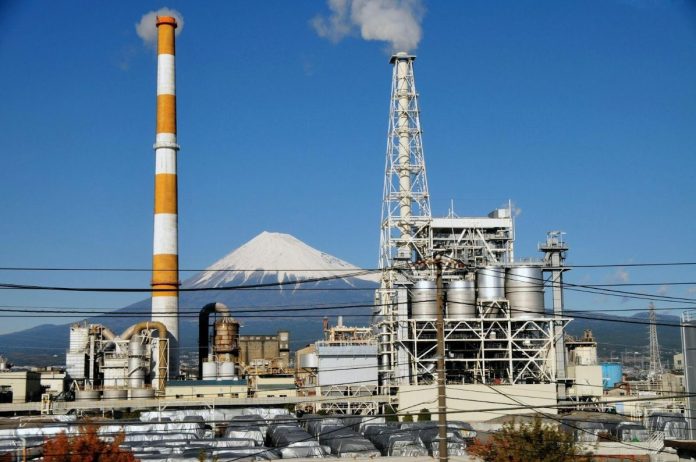Countries in Africa, Asia and South America now seek greater sustainability through hydrogen. Fuelled by economic growth and a sense of environmental responsibility, they aim to explore green hydrogen as one way to diversify their power balances.
Countries under this framework, which have abundant renewable resources, can produce hydrogen at a large enough scale to make it cheaply with little carbon emissions.
The Global Hydrogen Race and the Role of Emerging Economies
While billions of dollars are being put into hydrogen infrastructure by established economies, emerging markets are finding their own paths to use heartily supportive policies, regional partnerships and competitive labour costs to blow the gap. In recent years, some governments have published timelines for increasing hydrogen output to attract foreign investment.
Meanwhile, companies in these areas are even implementing systems where green hydrogen solutions are used alongside well-established energy sources as a way of reconciling their industrial heritage with future requirements. Technology transfer agreements, together with international grants, have further lifted the capacity.
Key Sectors Driving Green Hydrogen Adoption in Emerging Markets
A few key sectors provide the basis for green hydrogen deployment across emerging economies.
Industries & Heavy Manufacturing
Sectors such as steel, cement, and chemicals, representing almost one‑third of global CO₂ emissions, are piloting hydrogen integration to replace coal. A pilot hydrogen‑fired furnace in India reduces carbon emissions by 20% in trials, which started in 2024, and Brazilian chemical plants are testing hydrogen blends for decarbonizing production.
Transportation & Infrastructure
Public transport systems and logistics networks are testing fuel-cell buses and hydrogen trucks to cut urban air pollution. In South Africa, the fleet of hydrogen buses deployed in 2023 is expected to reduce emissions of NOₓ by 60%, and Mexico City aims to upgrade metro‑bus corridors with refuelling stations by 2025.
Energy & Grid Stability
Hydrogen storage provides both seasonal and daily balancing for solar and wind-dependent grids. Morocco’s Noor complex is converting excess PV power into hydrogen 10MWh at a time. Chile plans to develop hydrogen storage at various solar facilities to smooth out peaks in demand.
Investment and Financial Opportunities in the Hydrogen Economy
Transitioning to green hydrogen comes with heavy financing needs requiring a mix of public and private capital and multilateral development banks will play a critical role in de-risking early-stage projects. Global hydrogen demand was 94 million tonnes in 2021, according to the International Energy Agency. This focuses on both market size and future growth prospects.
Brazil and Indonesia’s governments provide grants and tax incentives to stimulate domestic production, and green bond issuances have mobilised hundreds of millions for renewable energy infrastructure. Export credit agencies also offer guarantees to lower project financing costs and encourage foreign direct investment.
There is interest from private equity houses. As hydrogen technologies develop in line with cost reductions, such financial constructs will support emerging economies’ endeavours to construct resilient, low-carbon energy systems. Whether the next few years will be successful depends on coordinated policies and local adaptation of technology and events.



 Bitcoin
Bitcoin  Ethereum
Ethereum  Tether
Tether  XRP
XRP  Wrapped SOL
Wrapped SOL  USDC
USDC  TRON
TRON  Lido Staked Ether
Lido Staked Ether  Cardano
Cardano  Avalanche
Avalanche  Toncoin
Toncoin